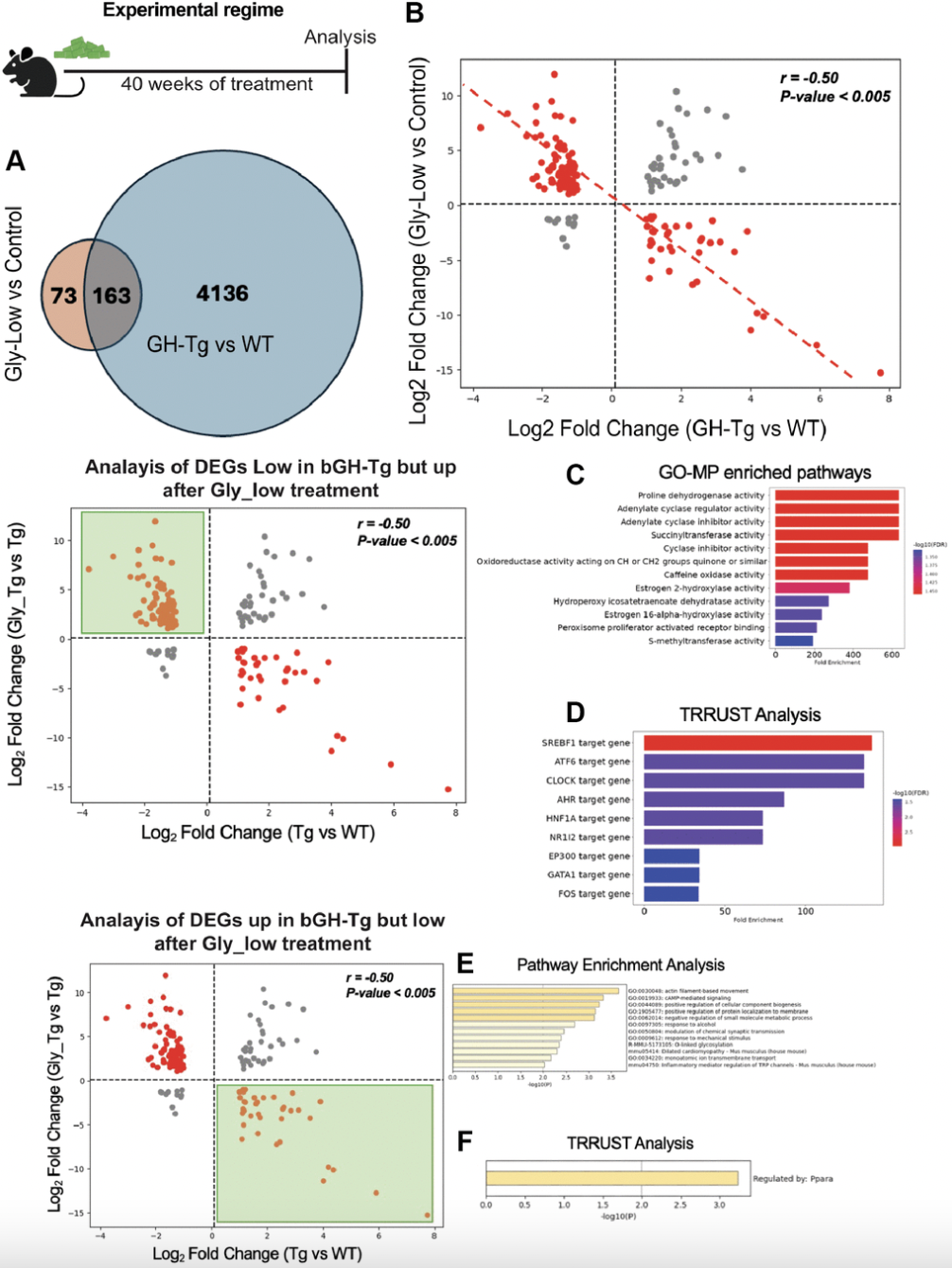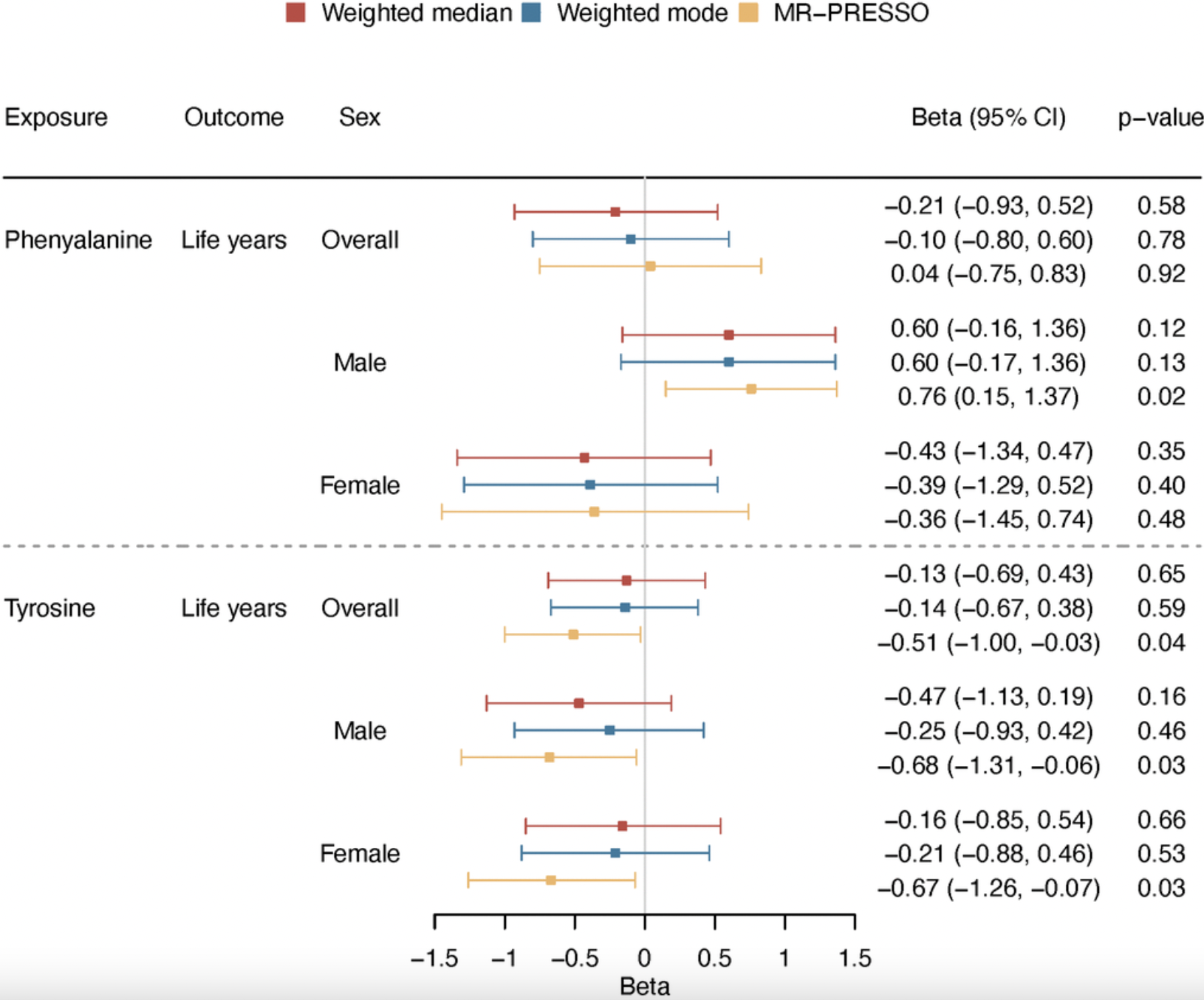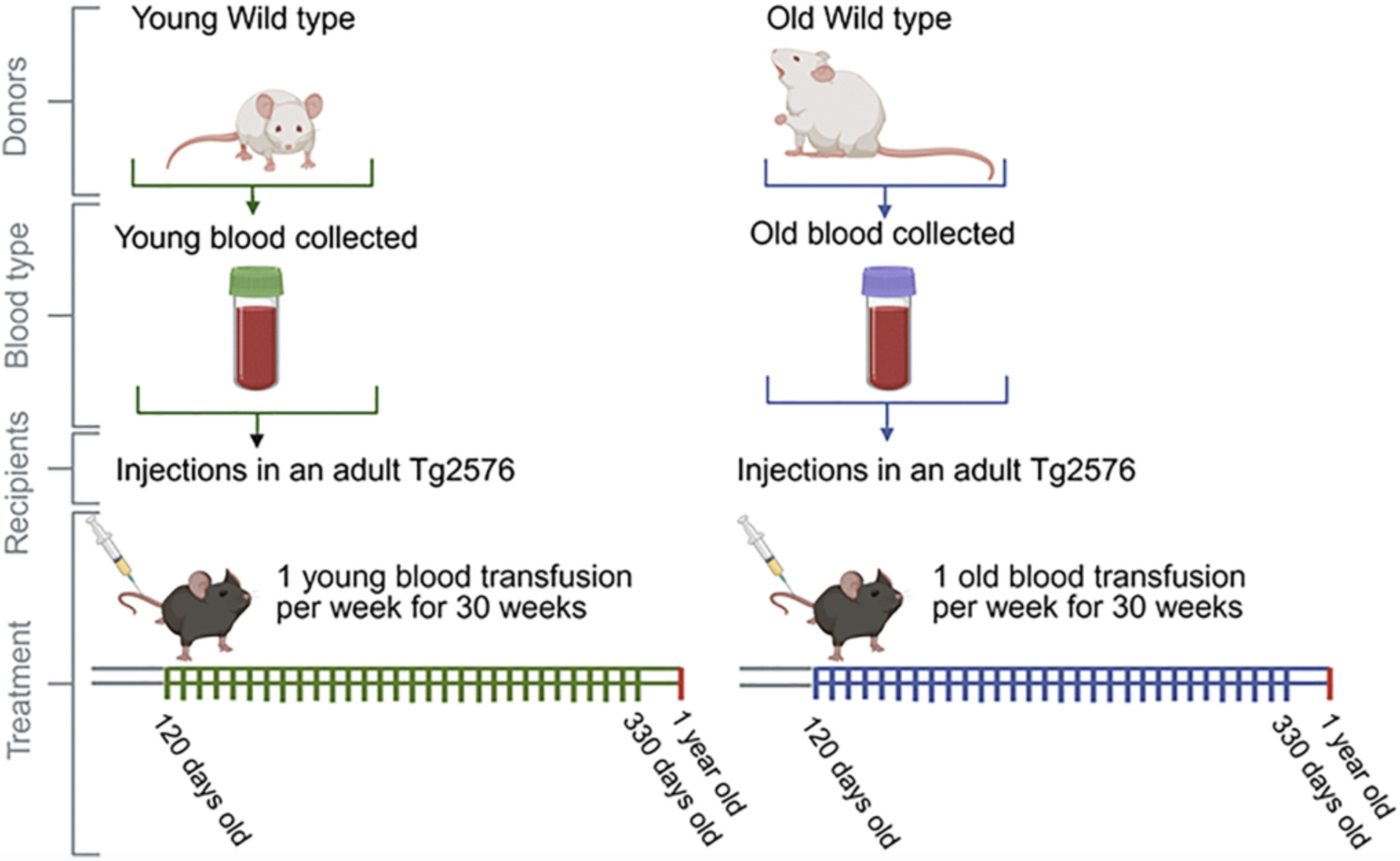A new research paper featured on the cover of Volume 17, Issue 11 of Aging-US was published on October 30, 2025, titled “SAMP-Score: a morphology-based machine learning classification method for screening pro-senescence compounds in p16 positive cancer cells.”
Aging-US Authors

Senescence identification is rendered challenging due to a lack of universally available biomarkers. This represents a bottleneck in efforts to develop pro-senescence therapeutics – agents designed to induce the arrest of cellular proliferation associated with a senescence response in cancer cells for therapeutic gain.

A new research paper was published in Volume 17, Issue 10 of Aging-US on October 13, 2025, titled “Hospitalization with infections and risk of Dementia: a systematic review and meta-analysis.”

A new research paper was published in Volume 17, Issue 10 of Aging-US on October 10, 2025, titled “Developmental arrest rate of an embryo cohort correlates with advancing reproductive age, but not with the aneuploidy rate of the resulting blastocysts in good prognosis patients: a study of 25,974 embryos.”

A new research paper was published in Volume 17, Issue 10 of Aging-US on October 3, 2025, titled “Growth hormone excess drives liver aging via increased glycation stress.”

Dr. Amparo Santamaria joins Dr. Evgeniy Galimov to discuss her research paper, titled “Enhancing oocyte activation in women with ovarian failure: clinical outcomes of the Stem Cell Regenera study using G-CSF mobilization of peripheral blood stem cells and intraovarian injection of stem cell factor-enriched platelet rich plasma in real-world-practice.”

A new research paper was published in Volume 17, Issue 10 of Aging-US on October 3, 2025, titled “The role of phenylalanine and tyrosine in longevity: a cohort and Mendelian randomization study.”

“These findings suggest a physiological interaction between exercise and L-BAIBA supplementation to improve soleus muscle and bone properties and reduce bone marrow adiposity.” BUFFALO, NY

